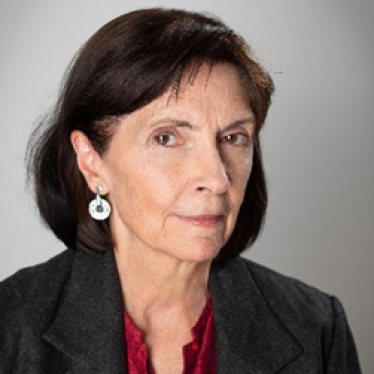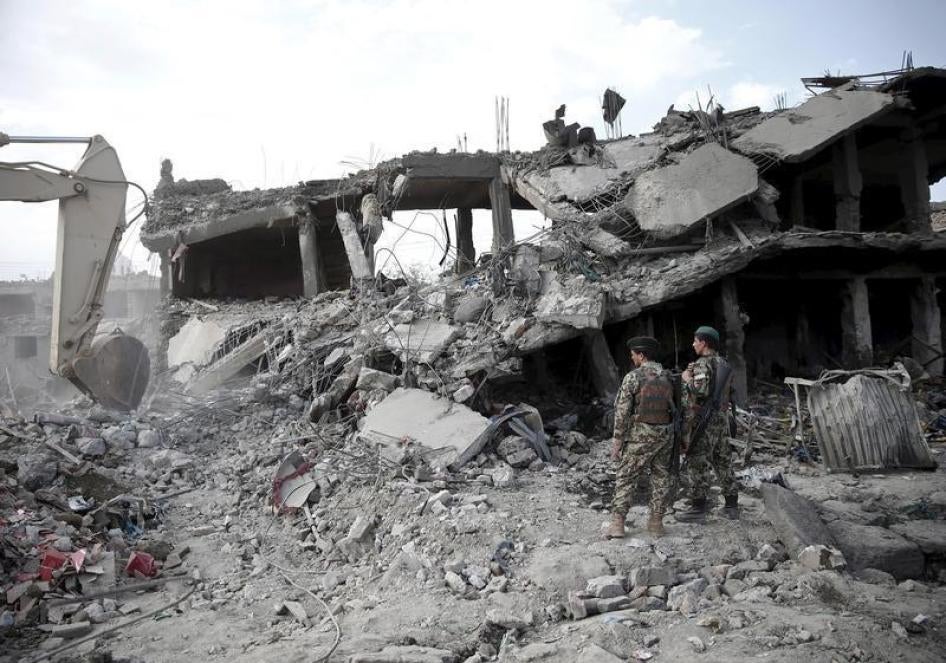Tens of thousands of Afghans have swelled the ranks of those seeking refuge in Europe this year. Second only to Syrians, Afghans represent the next largest group – 13 percent – of those making the journey so far in 2015.
This is because, for many Afghans, the war is only getting worse – something that’s easy to forget as international interest in Afghanistan wanes and most foreign troops are long gone.
In the past few days alone, 23 Afghan journalists have fled to Europe, hoping, like many others, to leave behind deteriorating security and threats from both Taliban and government forces.
The latest report by the United Nations Assistance Mission to Afghanistan says that the Taliban and other anti-government forces, which have been responsible for 70 percent of civilian casualties, have carried out 44 separate complex and suicide attacks that resulted in more than 1,000 civilian deaths and injuries in the first half of this year. Civilian injuries and deaths caused by government forces have increased as well. The first six months of 2015 also saw the highest number of casualties among women and children since the UN started keeping track in 2009.
Afghan civilians are increasingly caught in what UN High Commissioner for Human Rights Zeid Ra’ad Al Hussein called a “venomous cycle” of violence, as the war has intensified following the withdrawal of most international forces.
One way to count the conflict’s cost is the mounting numbers of civilians driven from their homes. More than 100,000 people were newly displaced within Afghanistan this year, many from formerly relatively quiet northern provinces of Badakhshan and Badghis, as well as Kunduz, that have now erupted in fighting. Nationwide, nearly one million are displaced.
Deteriorating security has also hurt the economy, as has the loss of international funds.
These numbers are not as stark as in Syria, but the pace at which previously safe areas of Afghanistan have turned into conflict zones – with emboldened Taliban forces fighting reactivated pro-government militias – has led many Afghans to fear a return of the bloodshed of the 1990s, when Afghanistan, largely forgotten by the West, descended into a brutal civil war after Soviet troops left and assistance to the government ended.
Afghans chancing the smuggler’s route know well the risks of drowning at sea or suffocating in a truck. But for those living with escalating violence, loss of livelihoods, and daily threats from gunmen, it can seem like a chance worth taking. Many Afghans arriving in Europe are fleeing from generalized conflict or persecution and are entitled to refugee status or other protection. They are likely to reach Europe in significant numbers as long as the violence, persecution, and insecurity that drove them there continues.










